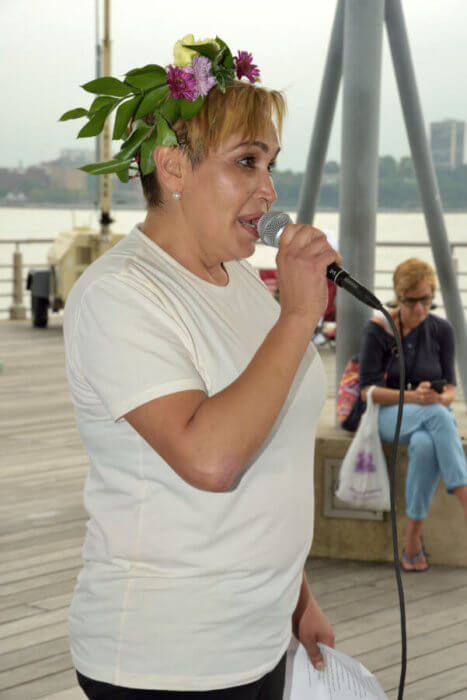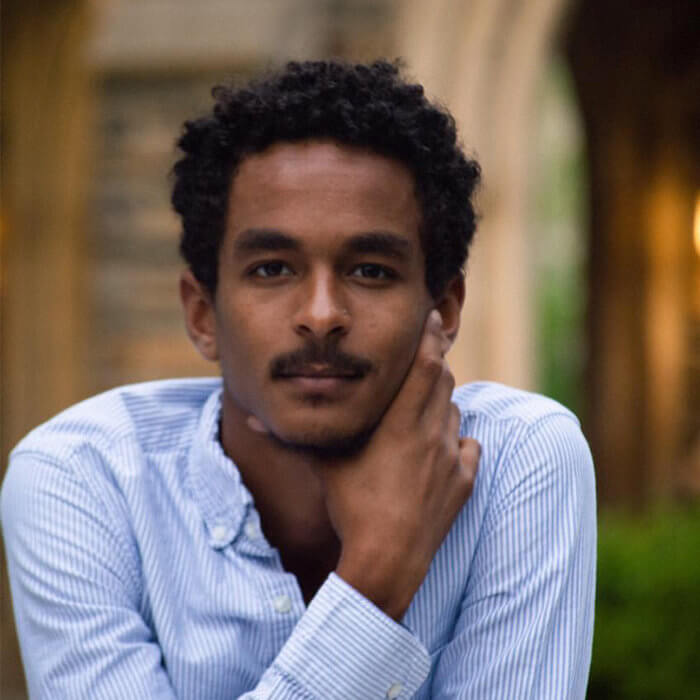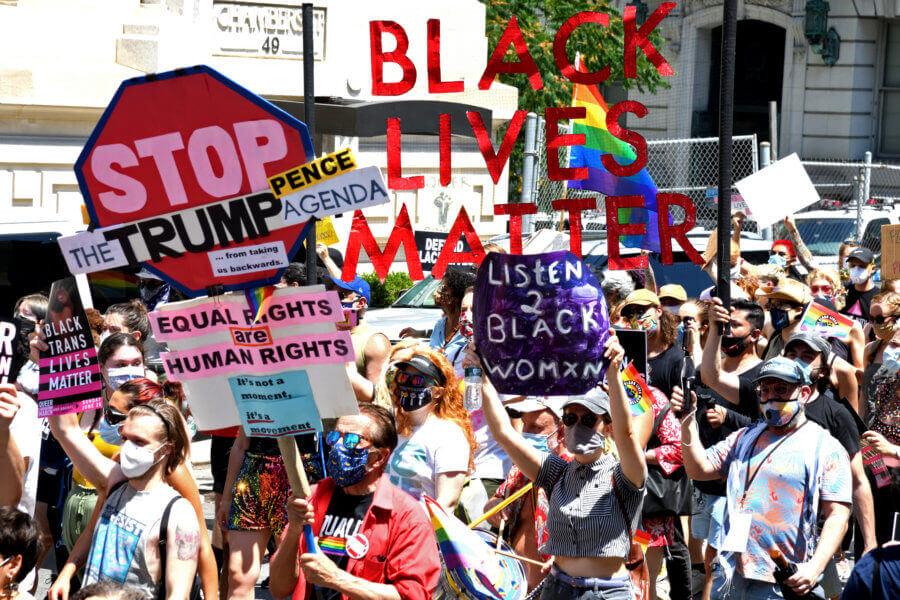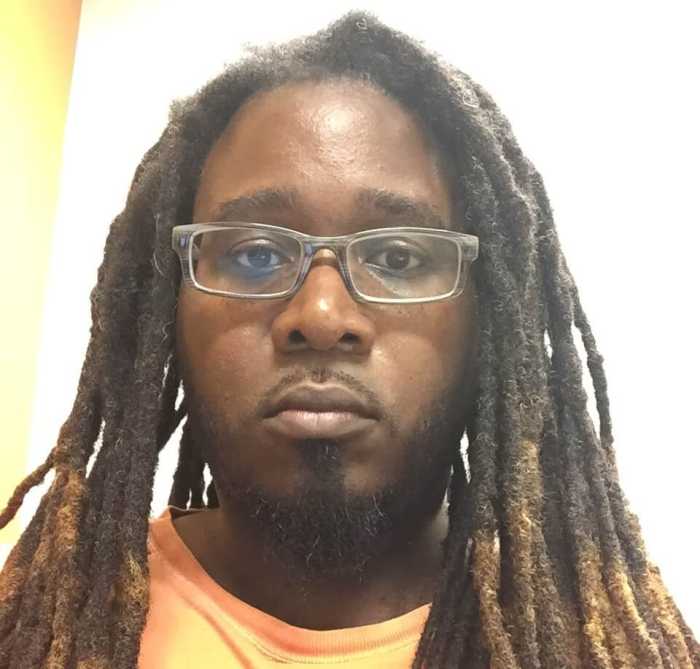Healthcare, housing, and hate crimes were among the top issues on the minds of LGBTQ likely voters in New York City in the months leading up to the 2020 general election, according to a survey conducted by the New Pride Agenda (NPA) and Columbia University’s School of International and Public Affairs.
Researchers gathered responses via email from 1,263 individuals — including 870 LGBTQ folks — between June 17 and August 31 of this year in the midst of the nationwide protest movement targeting racial injustice and police brutality. The survey touched on LGBTQ issues, current events, the coronavirus pandemic, and civic participation.
A whopping 97 percent of LGBTQ respondents said President Donald Trump — who had yet to be unseated by former Vice President Joe Biden — had mounted a “poor” response to the COVID-19 pandemic up to that point, but they gave varying degrees of better grades to New York-based elected officials. Forty-five percent of queer respondents said Mayor Bill de Blasio’s response was “only fair,” while 43 percent said Governor Andrew Cuomo had an “excellent” response to the pandemic as of the summertime.
City’s queer residents shed light on their opinions midway through tumultuous year
Among the top LGBTQ issues, 39 percent of queer respondents said hate crimes ranked number one, followed by 26 percent who said general healthcare was the most pressing queer issue and 24 percent who said homelessness topped the list.

When asked specifically about New York City, 41 percent of LGBTQ respondents listed affordable housing as the top issue, while 31 percent said public health was the most important issue in the city and 19 percent said the same for police misconduct. Twenty-five percent of respondents said the second-most important issue was homelessness, followed by affordable housing, which was the second most important issue for 22 percent of people. Nineteen percent said police misconduct was the second most pressing concern.
Not surprisingly, 45 percent of LGBTQ respondents said public health was the most important issue in the nation, compared to 26 percent who said race relations was the top issue and 22 percent who said income inequality ranked as the biggest nationwide issue.
The data also offered some insight into the preferred forms of civic engagement for LGBTQ New Yorkers. More than 44 percent of respondents said they preferred to contact their elected officials, while slightly over a third said they donated to advocacy groups and just under a quarter said they attended rallies.
“It’s a new day. The findings of this New Pride Agenda survey should make all electeds stand up and listen,” Cecilia Gentili, co-chair of NPA’s board, said in a written statement. “The LGBTQ+ community is paying attention and having their voices heard at the polls. Addressing their concerns and needs must be at the top of all electeds’ policy agendas.”
Ahmed Mohamed, an organizer for NPA’s Civic Engagement and Public Education Project, said in a written statement that people of color “will no longer be left behind.
“Survey respondents demand racial justice, police reform, and more attention and action to reduce hate crimes,” Mohamed said. “New Pride Agenda will work hard to advocate for the changes this community demands.”

There are several important factors to consider when evaluating the results of the survey. The timing of the research — conducted before the election and before the latest developments in the coronavirus crisis — is noteworthy because the responses may not necessarily reflect the current perspectives of voters who have adjusted their priorities following last month’s election.
Furthermore, the LGBTQ respondents’ demographic profile did not track that of New York City’s overall population. Just 27.4 percent of LGBTQ respondents were female, despite females making up 52.7 percent of the estimated population in the city, according to the Census. And while the Census estimates that 32 percent of New York City residents are non-Hispanic white and 24.3 percent are Black, 75 percent of respondents were white, 10 percent were Black, 3.5 percent were Asian, and 11.4 percent were listed as “other.”
About six percent of LGBTQ respondents were non-binary, 2.9 percent were transgender, 3.2 percent were gender non-conforming, and 1.8 percent were classified as “other.”
NPA noted that the survey was not intended to be a random sampling of the overall LGBTQ population, but rather a “purposive sampling” meant to weigh the views of likely voters based on those currently affiliated with leading community-based organizations. Participants were recruited using mailing lists from 12 CBOs in addition to NPA compared, for the first time, to city voter lists.
Ester Fuchs, author of the survey and a professor of international and public affairs at Columbia, in a written statement, said, “For any organized group, it’s important that elected officials understand and know what you care about. And this is the first time that NYC voter lists were matched with LGBTQ+ identified citizens, so the data base now held by NPA, is a gold mind! We hope to collaborate on writing a report on this ground breaking survey in the coming months, and, expand our survey work statewide.”
Editor’s note: The discussion of the demographics of the survey respondents was revised subsequent to the original posting of this story. To sign up for the Gay City News email newsletter, visit gaycitynews.com/newsletter.



































